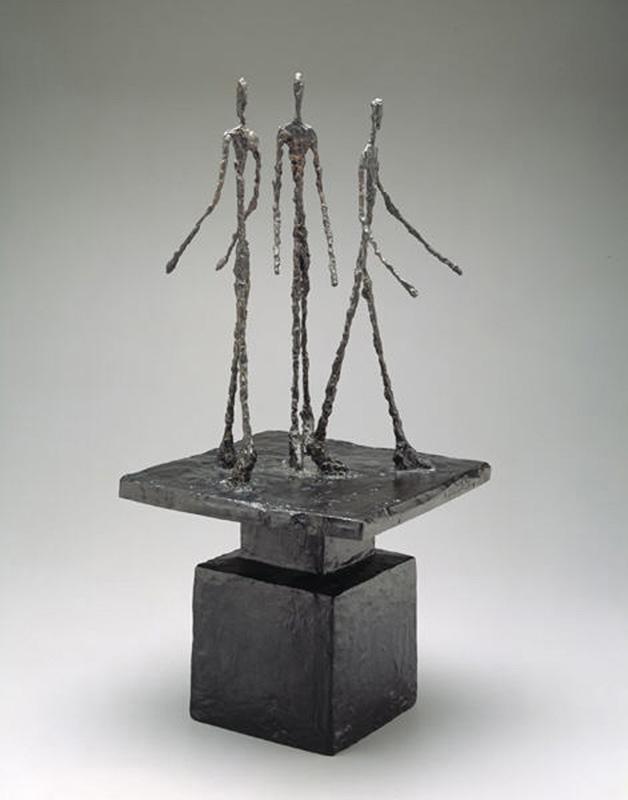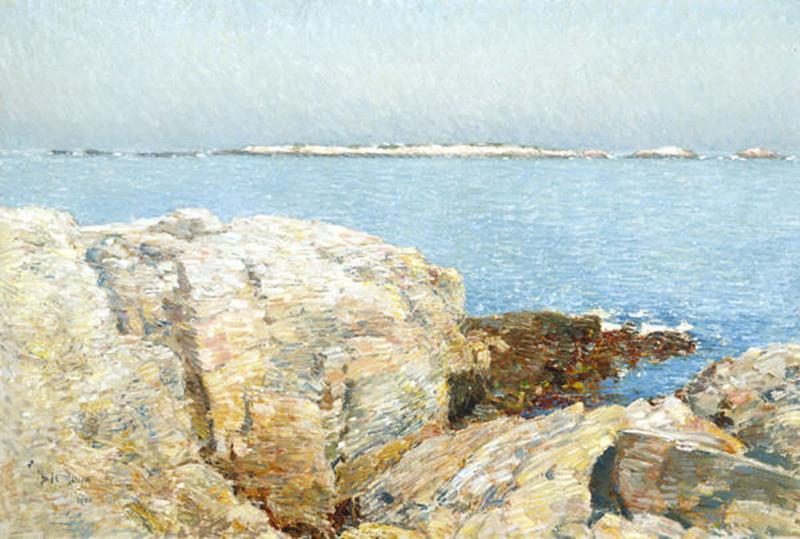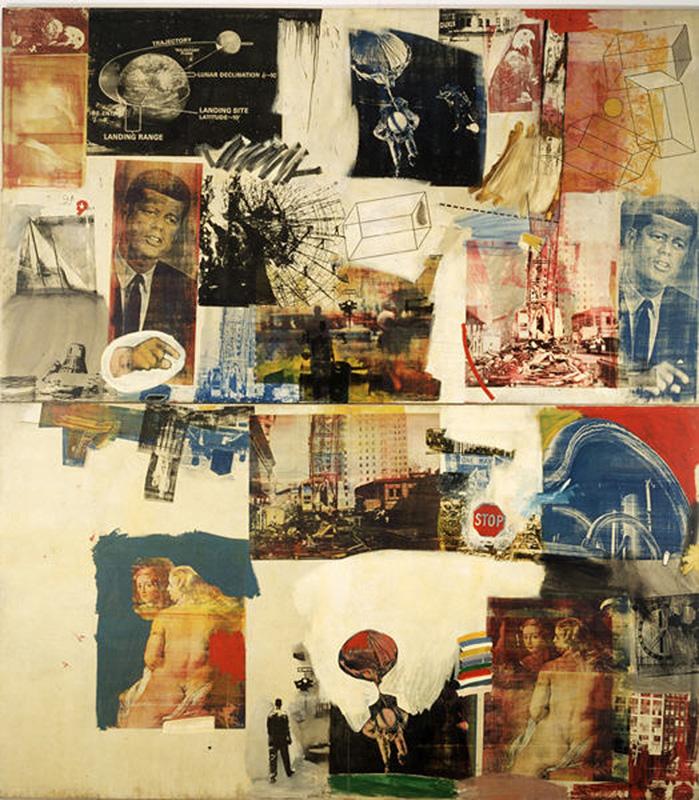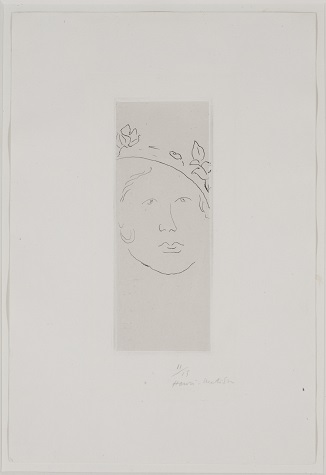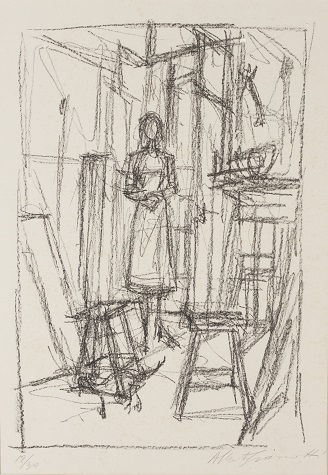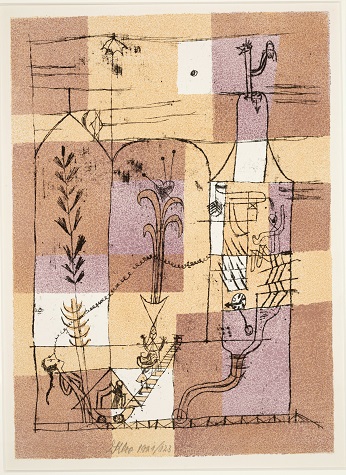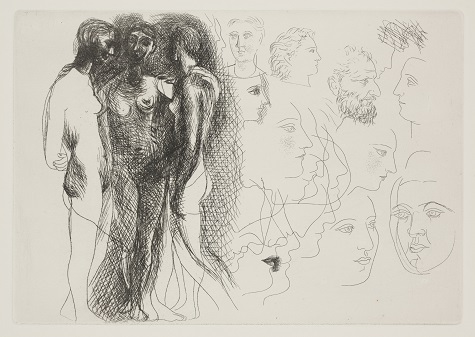Whether or not you believe in astrology, it’s fun to read about your zodiac and the characteristics that are associated with your sign! As I was thinking about this fascination of my own, I began to wonder what artists shared my sign and whether their artwork aligned with the traits of their zodiac. So I decided to research the birthdays of some of the prominent artists in the DMA Collection to explore the relationship between their zodiac and their art. Tune in every month to find out what artists share your zodiac!
This first month of Artist Astrology will focus on the balanced, intellectual Libras (September 24 – October 23). Libras are represented by the symbol of a scale. They are often defined by their intellect and, as a result, make great problem-solvers. Although Libras posses great mental capacity, they are also extremely social and very communicative. They have the ability to look at a problem from multiple perspectives, often acting as mediators in a disagreement. Libras lead harmonious, balanced lives and seek to create peace and harmony in their surroundings, including their relationships. They are also creative spirits and their imaginative nature is often represented in their style, interior decoration, and hobbies. Libra’s are said to bring a bit of art into everything they do and enjoy creating new and unusual things. Some of our favorite DMA Libra’s include:
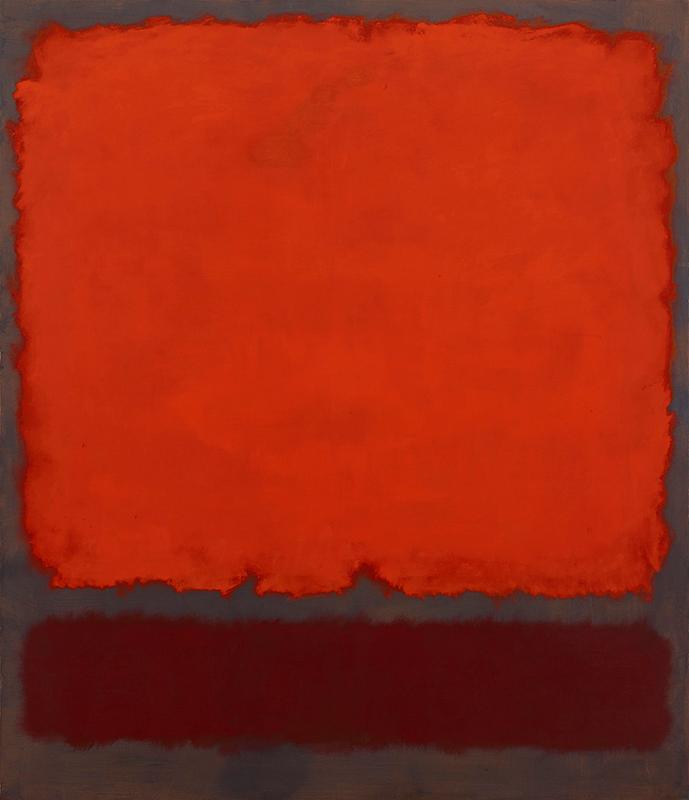
Mark Rothko – September 25
Communication is a central element in Mark Rothko’s work. In the late 1940s, Rothko removed figural representations from his work, believing that a universal representation of human drama was better conveyed through large masses of color which for him suggested concrete human emotions. An intellectual thinker, Rothko stated in an interview with Tiger’s Eye magazine in 1949, “The progression of a painter’s work…will be toward clarity; toward elimination of all obstacles between painter and the idea, and between the ideas and the observer.” Rothko’s attention to the reaction of the viewer demonstrates his Libra sensibility for clear thought and observant social prowess.
Alberto Giacometti – October 10
Throughout his career, Alberto Giacometti primarily worked in portraiture. His mature style, as seen in Three Men Walking from 1948-49, was especially popular and hailed as a symbol of the isolation and anonymity of the post-war period. Three Men Walking is demonstrative of Giacometti’s keen ability to observe humanity from an impartial and fully-encompassing perspective. Interestingly, this period also coincided with the renewal of his relationship with his brother and marriage to his long-term domestic partner, Annette Arm, in 1949. Socially active individuals, Libras are said to only achieve peace and satisfaction through loving and supportive relationships.
Childe Hassam – October 17
Childe Hassam is typically identified as an American Impressionist. His style features soft brush strokes and an attentive perception of the atmospheric qualities of light and air. In fact, Hassam encouraged this label and considered himself a painter of “light and air” rather than solidly an Impressionist. Paintings, such as Duck Island above, demonstrate his tendency to present his surroundings in a peaceful, harmonious composition. Interestingly, the Duck Island coast, one of the Isles of Shoals near Portsmouth, New Hampshire, was known among sea captains for its treacherous waves and dangerous reefs. Hassam avoids this dark reference in favor of a restful representation of this popular vacation spot.
Robert Rauschenberg – October 22
Robert Rauschenberg collected the source material for his silkscreen prints from a variety of sources, including newspapers, Life magazines, personal photographs, and New York Times archives. His attraction to such various sources demonstrates his active engagement in current and past historical events. Having collected his varied materials, Rauschenberg successfully organized his images to present one cohesive, effective image. Produced for the 1964 New York World’s Fair, Skyway is emblematic of the optimism and expansionism of the early 1960s, featuring images of President John F Kennedy, the space race, urban construction, and the American bald eagle. The title is suggestive of the “New Frontier” of American expansion as space became labeled the ‘highway’ of the future.
A few other lovable Libras include Jean-Francois Millet (October 4), Frank Duveneck (October 9), Jean Antoine Watteau (October 10), and Maurice Prendergast (October 10). Tune in next month for some of our superb Scorpios!
Artworks shown:
-
Mark Rothko, Orange, Red and Red, 1962, Dallas Museum of Art, Gift of Mr. and Mrs. Algur H. Meadows and the Meadows Foundation, Incorporated
- Alberto Giacometti, Three Men Walking, 1948-49, Dallas Museum of Art, Foundation for the Arts Collection, gift of Mr. and Mrs. Stanley Marcus
- Childe Hassam, Duck Island, 1906, Dallas Museum of Art, Bequest of Joel T. Howard
- Robert Rauschenberg, Skyway, 1964, Dallas Museum of Art, The Roberta Coke Camp Fund, The 500, Inc., Mr. and Mrs. Mark Shepherd, Jr. and General Acquisitions Fund
Hayley Prihoda
McDermott Intern for Gallery and Community Teaching
